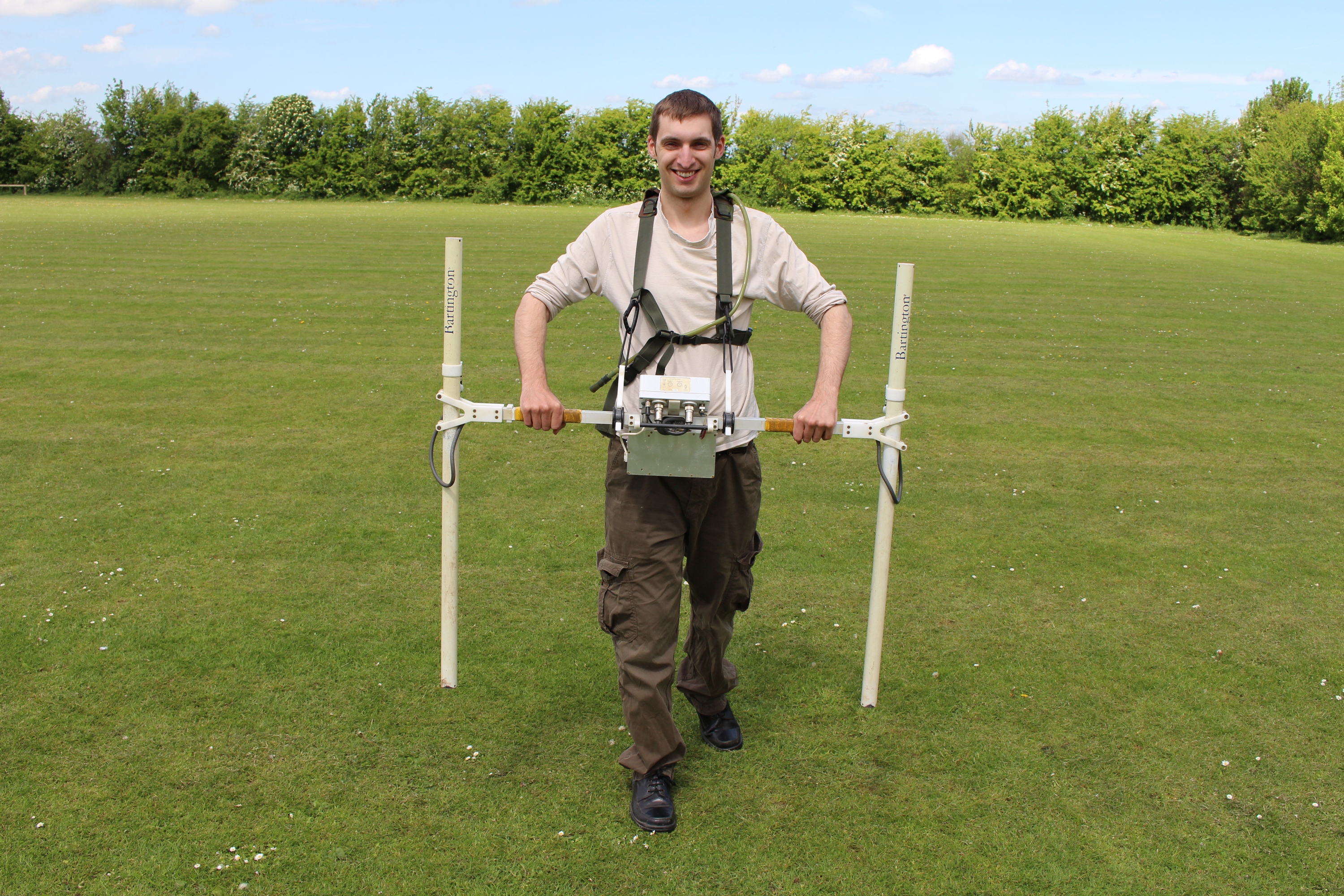All Categories
Featured
Table of Contents
Chapter 4. Geophysical Investigations in Hillarys Oz 2023
Much of the image includes blank locations now with little or no radar action. The "courtyard" wall is still showing highly, however, and there are continuing suggestions of a difficult surface in the SE corner. Time slice from 23 to 25ns. This last slice is now almost all blank, but a few of the walls are still showing strongly.
How deep are these pieces? The software application I have access to makes approximating the depth a little challenging. If, nevertheless, the top 3 slices represent the ploughsoil, which is most likely about 30cm think, I would think that each slice is about 10cm and we are just getting down about 80cm in overall.

Luckily for us, the majority of the sites we have an interest in lie simply listed below the plough zone, so it'll do! How does this compare to the other approaches? Comparison of the Earth Resistance information (top left), the magnetometry (bottom left), the 1517ns time slice (leading right) and the 1921ns time slice (bottom left).
Geophysical Surveys: Definition & Methods in Salter Point Western Australia 2022
Magnetometry, as discussed above, is a passive method measuring local variations in magnetism against a localised absolutely no value. Magnetic susceptibility survey is an active strategy: it is a step of how magnetic a sample of sediment might be in the presence of a magnetic field. How much soil is checked depends upon the diameter of the test coil: it can be extremely small or it can be fairly large.
The sensing unit in this case is extremely small and samples a small sample of soil. The Bartington magnetic vulnerability meter with a large "field coil" in usage at Verulamium throughout the course in 2013. Leading soil will be magnetically boosted compared to subsoils merely due to natural oxidation and reduction.
By measuring magnetic susceptibility at a fairly coarse scale, we can find areas of human occupation and middens. Unfortunately, we do not have access to a reputable mag sus meter, but Jarrod Burks (who helped teach at the course in 2013) has some exceptional examples. Among which is the Wildcat website in Ohio.
Geophysical Prospecting in Medina Australia 2020
These towns are typically set out around a main open location or plaza, such as this reconstructed example at Sunwatch, Dayton, Ohio. Sunwatch Town, Dayton, Ohio (image: Jarrod Burks). At the Wildcat site, the magnetometer survey had actually found a variety of features and homes. The magnetic vulnerability survey helped, nevertheless, specify the main area of profession and midden which surrounded the more open area.
Jarrod Burks' magnetic susceptibility study arises from the Wildcat site, Ohio. Red is high, blue is low. The technique is therefore of great use in defining locations of basic profession instead of recognizing specific functions.
Geophysical surveying is a used branch of geophysics, which utilizes seismic, gravitational, magnetic, electrical and electro-magnetic physical methods at the Earth's surface area to measure the physical residential or commercial properties of the subsurface - Archaeological Geophysics And Geochemistry - Lgs in Tapping Oz 2023. Geophysical surveying approaches usually measure these geophysical properties together with abnormalities in order to examine different subsurface conditions such as the presence of groundwater, bedrock, minerals, oil and gas, geothermal resources, voids and cavities, and a lot more.
Latest Posts
Geophysical Survey - Salisbury Archaeology in South Guildford Aus 2021
Geophysical Survey in Yangebup Aus 2022
Working As A Geophysicist And Oceanographer In Canada in Singleton Aus 2022